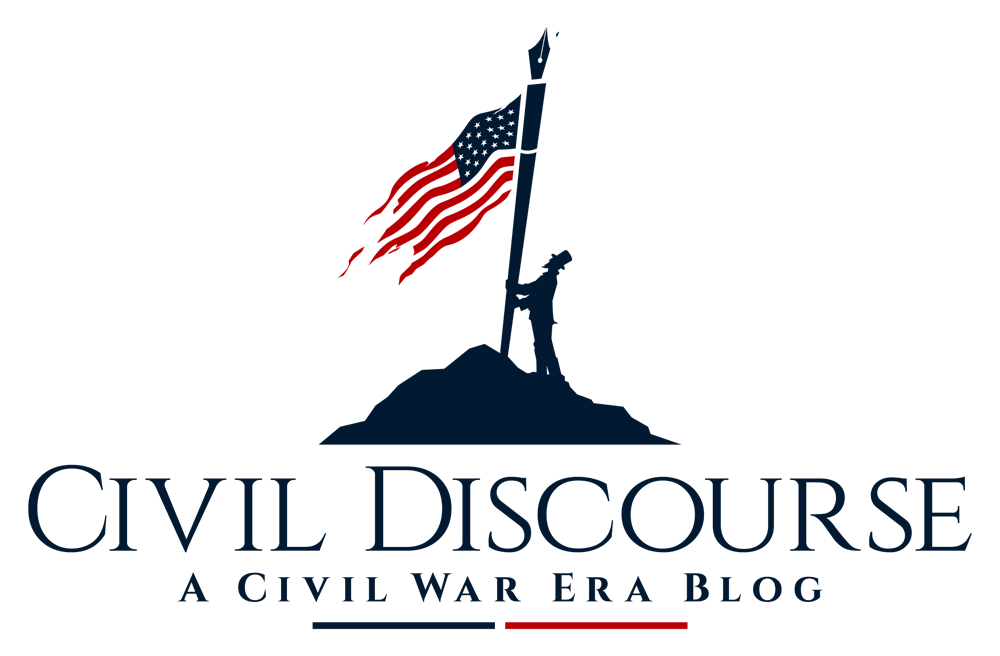Welcome to Civil Discourse, a blog of the long Civil War era!
We are excited to announce the launch of Civil Discourse, coming January 2015. Civil Discourse explores the complex history of the long Civil War by connecting academic and public audiences and engaging with traditional and new scholarship. Considering its transformative nature, it is unsurprising that the Civil War remains one of the most deeply contested, debated, discussed, and researched eras in American history. Yet despite decades of scholarship and interest, our understanding of the war and its legacy remain complex; plenty more continues to be discovered and discussed. Civil Discourse creates a venue for these various conversations to come together; in particular, our blog seeks to bridge the gap between academic and popular interest in the war.
Through Civil Discourse, our authors strive to offer compelling, well-written articles that explore various facets—both old and new—of the long Civil War era stretching from the early Republic through Reconstruction. We embrace traditional military and political history, as well as exciting scholarship in the fields of social, cultural, gendered, racial, legal and economic, and memory history. We hope to entertain, inform, and perhaps provoke both the academic and buff alike.
Look for our first articles to roll out after the New Year festivities in January, 2015. In the meantime, poke around our site and get a sense of who we are and what you as a reader can expect. Follow us on Facebook and Twitter (@CD_HistoryBlog) for updates on our progress and news about upcoming posts. If you have scholarship to share or would like to suggest topics for articles, please contact the editors using the “Contact Us” page.
We look forward to seeing you in 2015!
Zac Cowsert & Katie Thompson, Editors









